
Verbatim | Oct 28,2023
Aug 9 , 2025
By Daniel Kassahun (PhD)
The tragic wreck off Yemen’s coast on August 3, 2025, where a wooden vessel packed with Ethiopian migrants broke apart, killing or disappearing nearly three out of every four passengers, is more than a maritime disaster.
It is a searing indictment of a country in slow-motion freefall, one whose internal fractures are now spilling across borders in the form of desperate human flows. Migration, at its core, is not an act of wanderlust. It is a forced choice, a last resort.
For centuries, Ethiopia was a recipient of movement, not a supplier. Pilgrims, traders, and refugees once found haven in its fertile highlands and trade corridors. Today, that history is being inverted. The country is haemorrhaging its youth and energy, not in a trickle, but in waves, each more desperate than the last.
This exodus is a perfect storm of pressures coming from political instability, economic contraction, climatic hardship, and an ossified ethnolinguistic federalist structure that binds land and opportunity to identity. This toxic convergence has made life untenable for millions.
The result is a migratory shift that bypasses internal mobility altogether. Instead of rural-to-urban migration, a traditional hallmark of economic transition, Ethiopia is witnessing direct displacement from villages to foreign deserts, detention centres, and watery graves.
The 1995 Constitution, while designed to empower ethnic communities through self-rule, has become an unintended straitjacket. By tying land rights and administrative control to ethnicity, it has frozen populations into historical geographies.
Inter-regional migration is discouraged informally. Families who resettled during past famines now find themselves declared “outsiders” in the very lands they helped cultivate. The result is an invisible walling-off of communities, with geopolitical fragmentation transformed into internal divisions.
This rigidity should no longer be viewed as a governance flaw, but rather as a humanitarian crisis. As climate change shrinks arable land, where average farm plots now measure a meagre 0.3hct, well below subsistence levels, the ability to shift within the country is crucial. But that option has been made difficult.
What remains is a flight across national boundaries, increasingly into the arms of smugglers, traffickers, and militia checkpoints.
Three main corridors have emerged, each fraught with peril and marked by demographic specificity.
At the root is a failure to reimagine statehood for a changing society.
The Eastern Route, leading across the Red Sea into the Gulf, is primarily trafficked by rural Muslim women, often lured into domestic work with little knowledge of what awaits them. Many are trafficked; many disappear.
Threading through Sudan and Libya, the Northern Route funnels urban males, often educated but economically stranded, toward the narrowing gate of Europe. They face beatings, ransoms, and the deadliest sea crossing on the planet.
Through Malawi and Mozambique to South Africa lies the Southern Route, walked by highland men from areas like Kembata and Hadiya. Many die before they even cross into Malawi, as evidenced by the suffocation deaths of 29 men in Mtangatanga forest last October.
The price of failure is high. Since 2014, more than 31,700 people have died or vanished in the Mediterranean alone. Over 900 Ethiopians have been killed overland in southern Africa during the same period.
However, these are merely the counted. The real toll, erased by sand, sea, and secrecy, can no doubt be far higher.
International responses, while visible, remain largely cosmetic. Patrol boats, detention centres, and skill-training programs treat the symptoms, not the disease. Aid programmes targeting “orderly mobility” may ease donor guilt, but they tacitly accept the inevitability of departure, outsourcing a domestic policy failure to foreign bureaucracies.
Equally troubling is the quiet political logic inside Ethiopia. Local authorities, faced with rising youth frustration and unemployment, view emigration as a potential release valve. By allowing the most restless to leave, they postpone unrest. The country is exporting its discontent in human form.
At the root is a failure to reimagine statehood for a changing society.
Ethiopia’s youth are not crossing borders because they see glittering futures abroad. They flee a homeland that offers them none. The physical manifestations, overturned boats, mass graves, and abandoned trucks, are only the final punctuation in a sentence long written by structural neglect.
Reform is both obvious and politically urgent. Delink land rights from ethnicity, reopen inter-regional mobility, establish a national land-leasing framework, and encourage cross-regional employment and settlement. Without these measures, no patrol boat or remittance can stem the outflow.
What is at stake is not beyond the safety of migrants or the statistics of disaster. It is the future coherence of the Ethiopian state. A country that once hosted the displaced is now displacing its own, not because they are lured by opportunity elsewhere, but because the idea of home has collapsed into hunger, fear, and paralysis.
The tragedy is not only how many leave, but how they leave: silently, dangerously, and with no intention of return. The hills that once welcomed pilgrims may soon be known not for their promise, but for the echo of departing footsteps, each one a measure of a country adrift.
PUBLISHED ON
Aug 09,2025 [ VOL
26 , NO
1319]


Verbatim | Oct 28,2023

Exclusive Interviews | Apr 22,2022
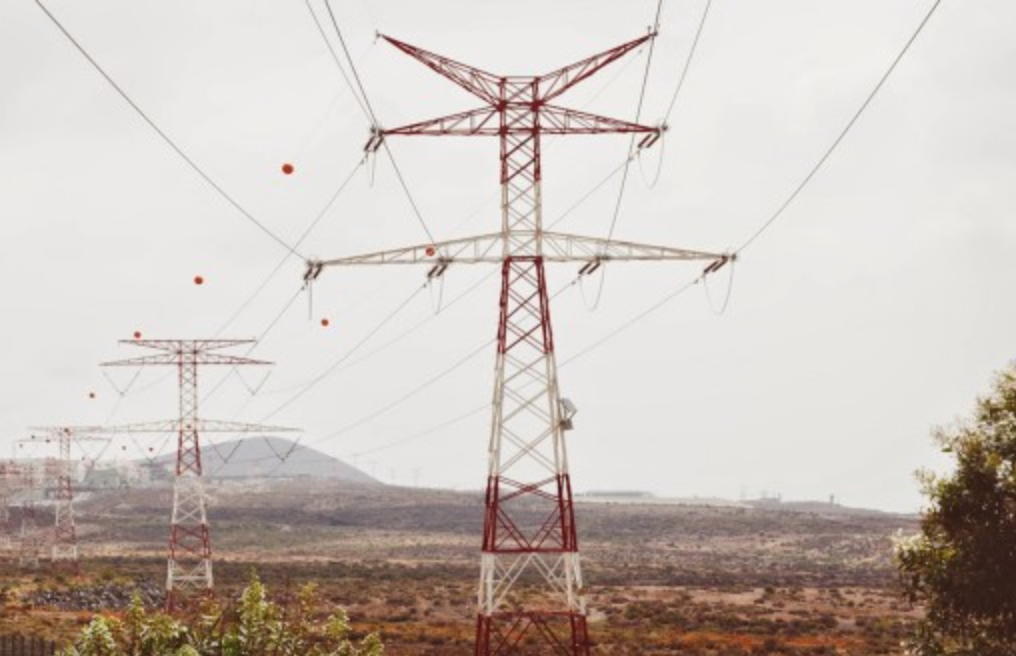
Fortune News | May 23,2021

Editorial | Oct 28,2023
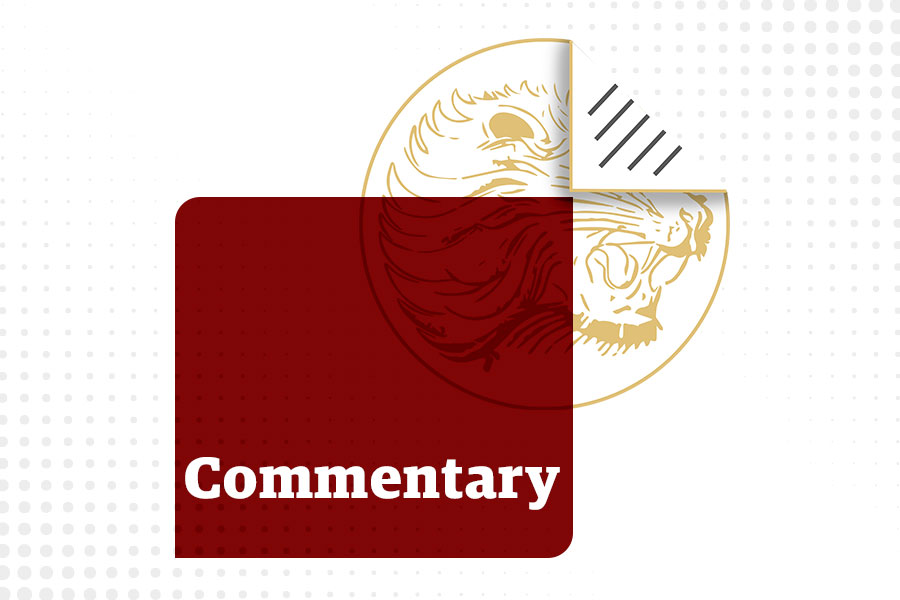
Commentaries | Oct 02,2021
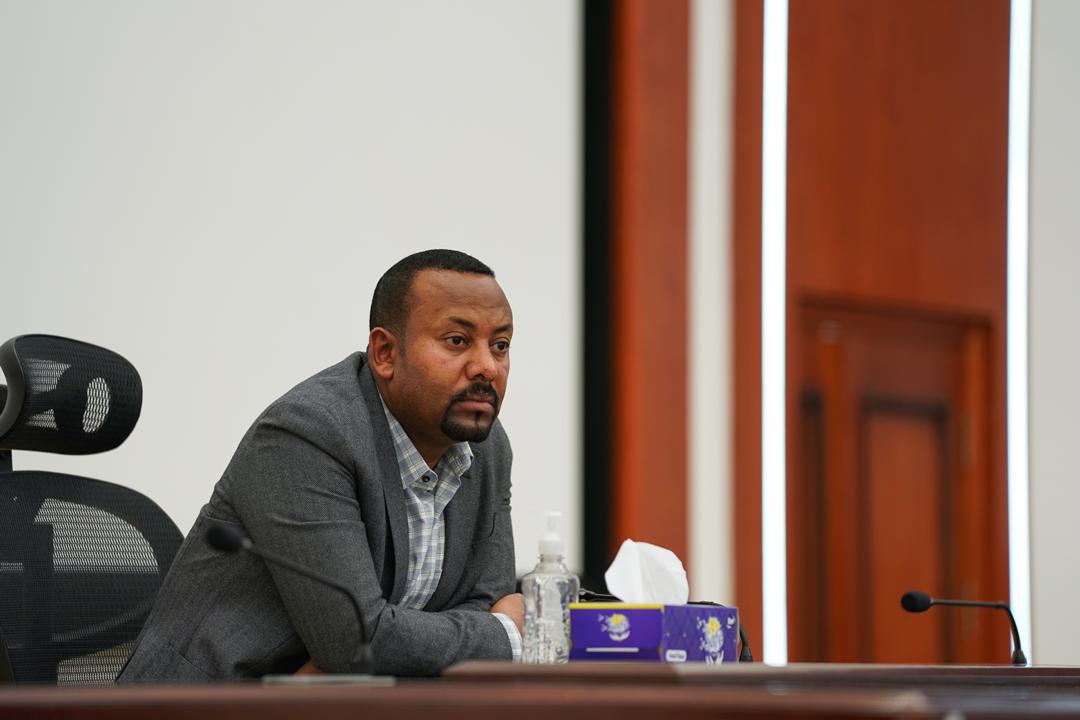
Covid-19 | Apr 08,2020

Viewpoints | Apr 29,2023

Obituary | Mar 02,2024

Commentaries | Oct 05,2019

Radar | Aug 08,2020

Photo Gallery | 175739 Views | May 06,2019

Photo Gallery | 165957 Views | Apr 26,2019

Photo Gallery | 156352 Views | Oct 06,2021

My Opinion | 136844 Views | Aug 14,2021

Dec 22 , 2024 . By TIZITA SHEWAFERAW
Charged with transforming colossal state-owned enterprises into modern and competitiv...
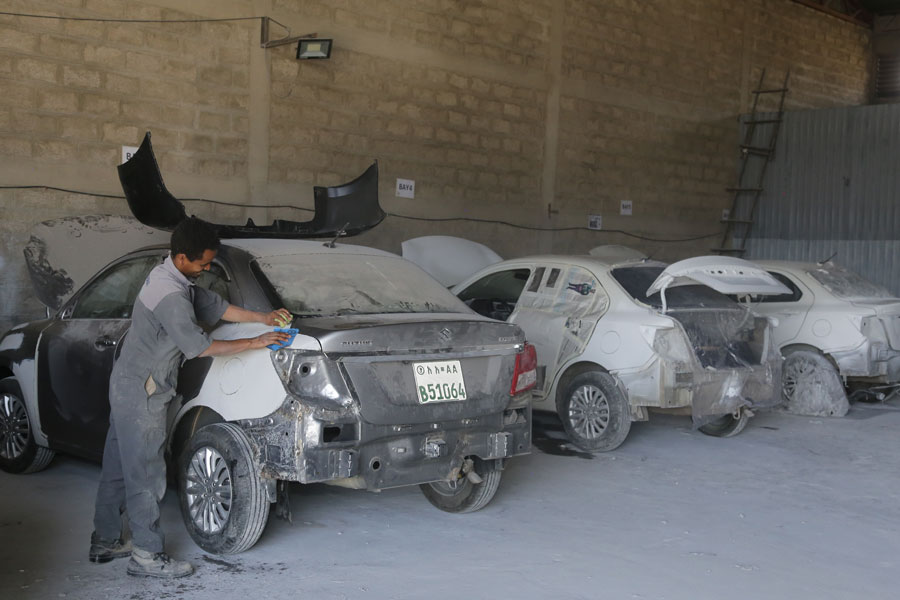
Aug 18 , 2024 . By AKSAH ITALO
Although predictable Yonas Zerihun's job in the ride-hailing service is not immune to...

Jul 28 , 2024 . By TIZITA SHEWAFERAW
Unhabitual, perhaps too many, Samuel Gebreyohannes, 38, used to occasionally enjoy a couple of beers at breakfast. However, he recently swit...

Jul 13 , 2024 . By AKSAH ITALO
Investors who rely on tractors, trucks, and field vehicles for commuting, transporting commodities, and f...

Oct 18 , 2025
The political establishment, notably the ruling party and its top brass, has become p...
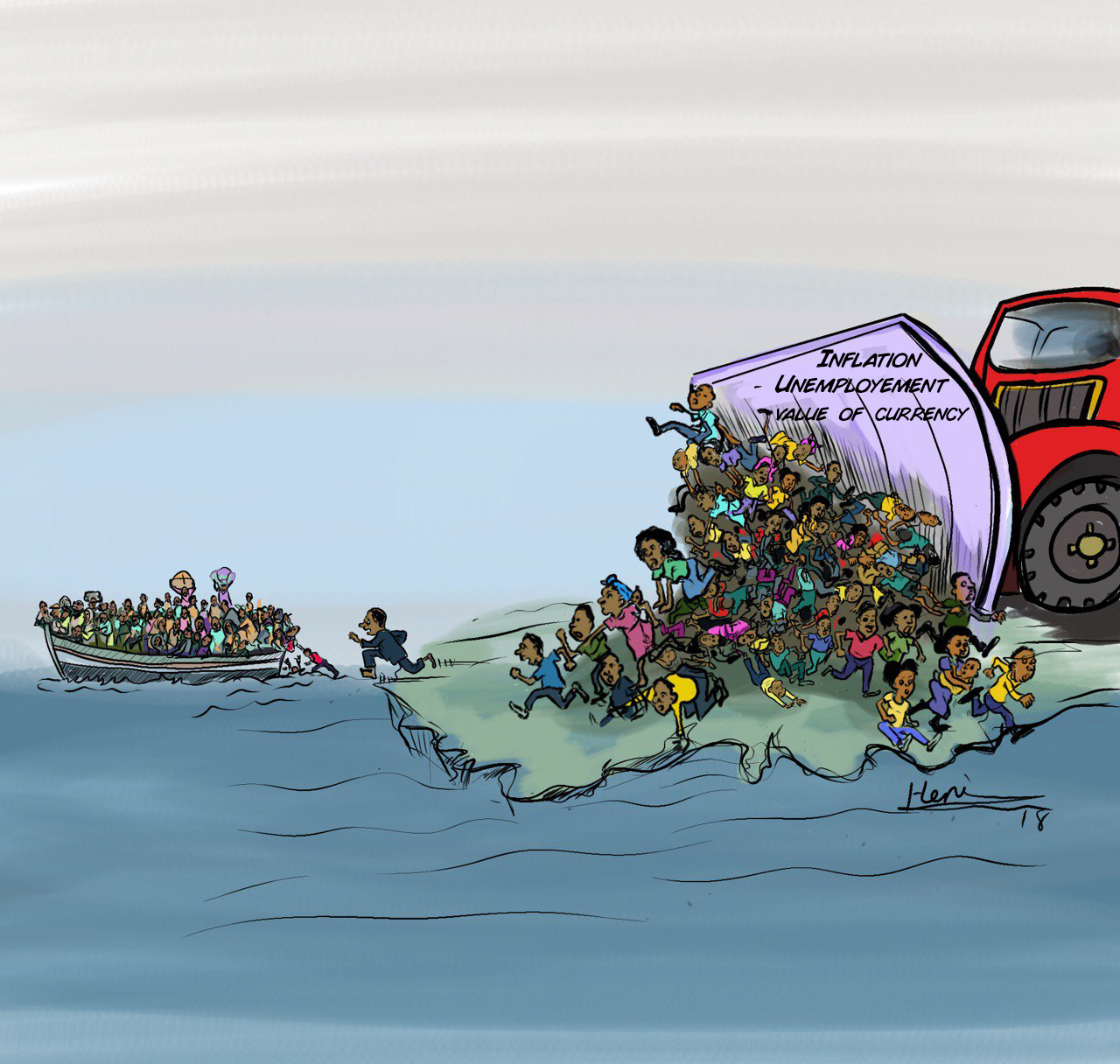
Oct 11 , 2025
Ladislas Farago, a roving Associated Press (AP) correspondent, arrived in Ethiopia in...

Oct 4 , 2025
Eyob Tekalegn (PhD) had been in the Governor's chair for only weeks when, on Septembe...
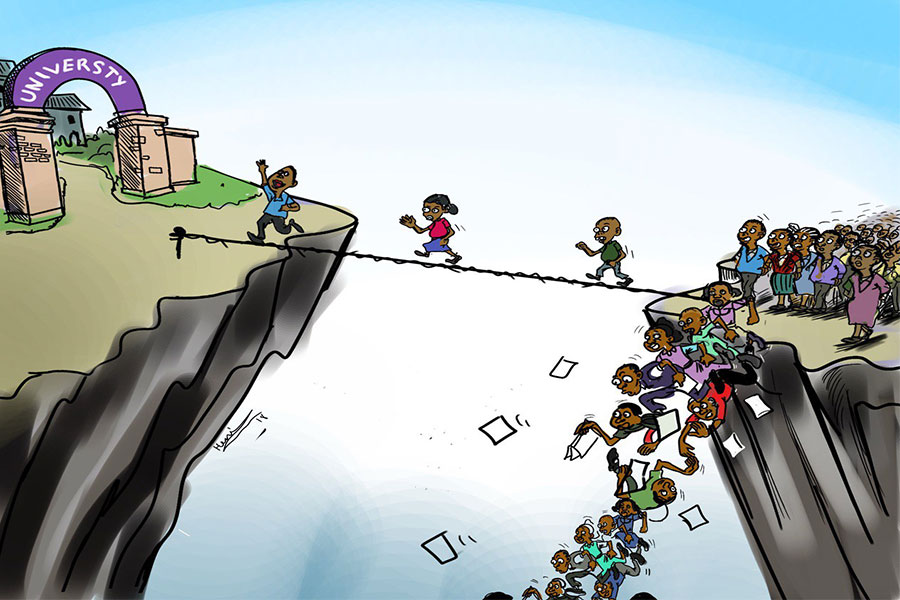
Sep 27 , 2025
Four years into an experiment with “shock therapy” in education, the national moo...
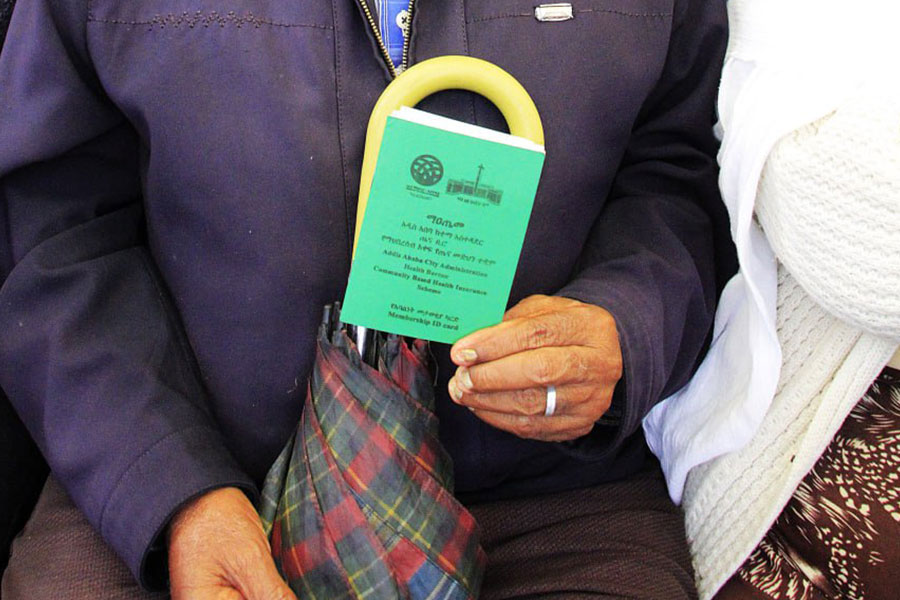
Oct 18 , 2025 . By NAHOM AYELE
In a sweeping reform that upends nearly a decade of uniform health insurance contribu...

A bill that could transform the nutritional state sits in a limbo, even as the countr...
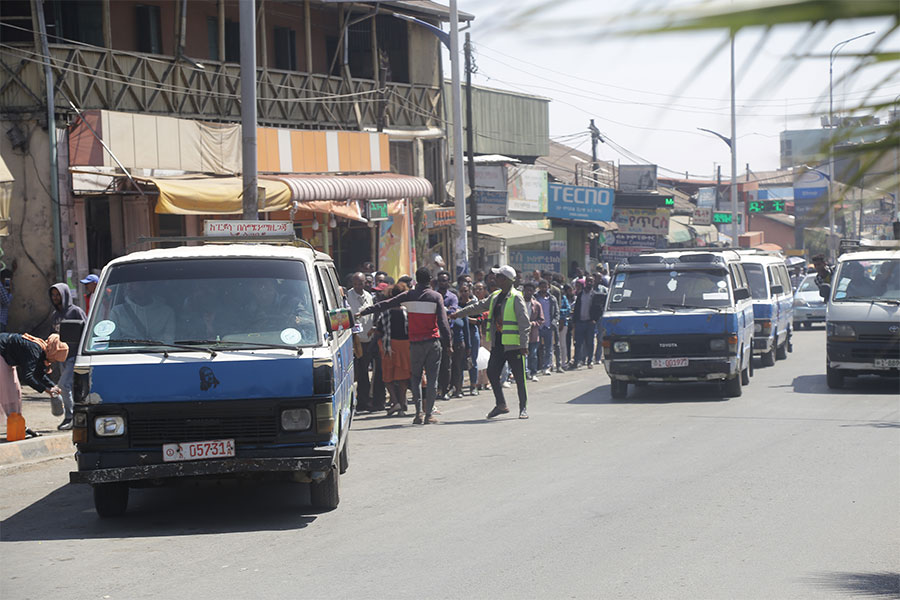
Oct 18 , 2025 . By SURAFEL MULUGETA
A long-planned directive to curb carbon emissions from fossil-fuel-powered vehicles h...

Oct 18 , 2025 . By BEZAWIT HULUAGER
Transaction advisors working with companies that hold over a quarter of a billion Bir...